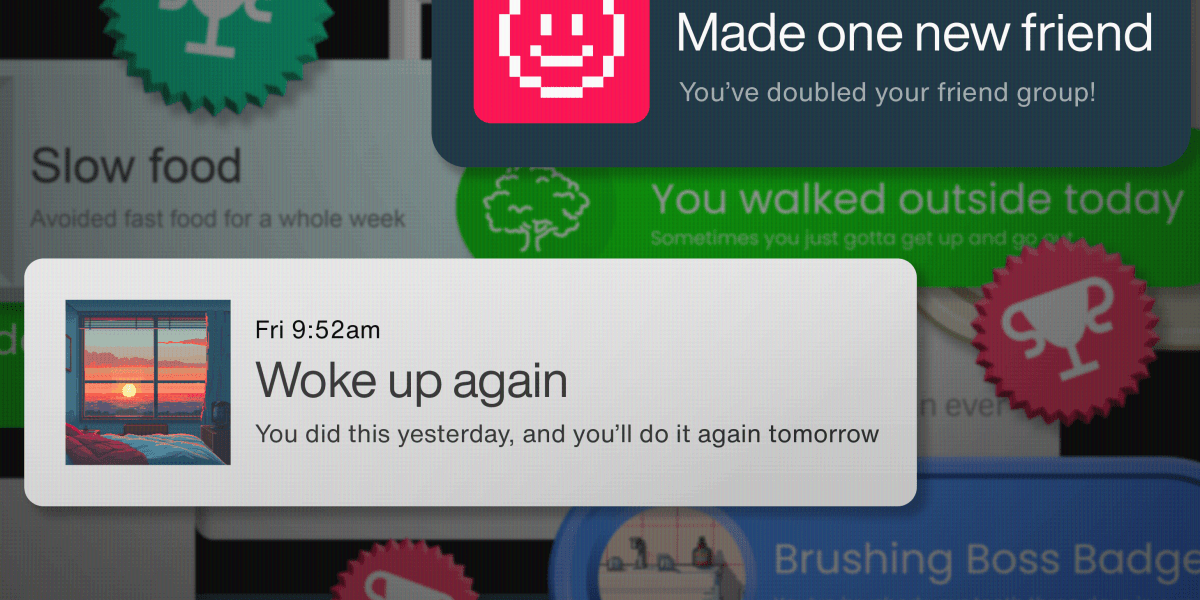I don’t get it. It’s just a page full of ads.

Gamification is fine if it’s Wake Up Club™ for the PlayStation™ Vita™ Portable Video Game Console
This is the best summary I could come up with:
Broadly defined as the application of game design elements and principles to non-game activities—think points, levels, missions, badges, leaderboards, reinforcement loops, and so on—gamification was already being hawked as a revolutionary new tool for transforming education, work, health and fitness, and countless other parts of life.
As the concept has evolved, so too have its applications, whether you think of the gambling mechanics that now encourage users of dating apps to keep swiping, the “quests” that compel exhausted Uber drivers to complete just a few more trips, or the utopian ambition of using gamification to save the world.
The Arab Spring bloomed in 2011 with the help of platforms like Facebook and Twitter, money was more or less free, and “____ can save the world” articles were legion (with ____ being everything from “eating bugs” to “design thinking”).
Combine the cultural recasting of games with an array of cheaper and faster technologies—GPS, ubiquitous and reliable mobile internet, powerful smartphones, Web 2.0 tools and services—and you arguably had all the ingredients needed for gamification’s rise.
Much of generic gamification’s power supposedly resides in its ability to nudge or steer us toward, or away from, certain behaviors using competition (challenges and leaderboards), rewards (points and achievement badges), and other sources of positive and negative feedback.
The fact remains that plenty of people claim to be highly motivated to close their rings, earn their sleep crowns, or hit or exceed some increasingly ridiculous number of steps on their Fitbits (see humorist David Sedaris).
The original article contains 2,646 words, the summary contains 250 words. Saved 91%. I’m a bot and I’m open source!



